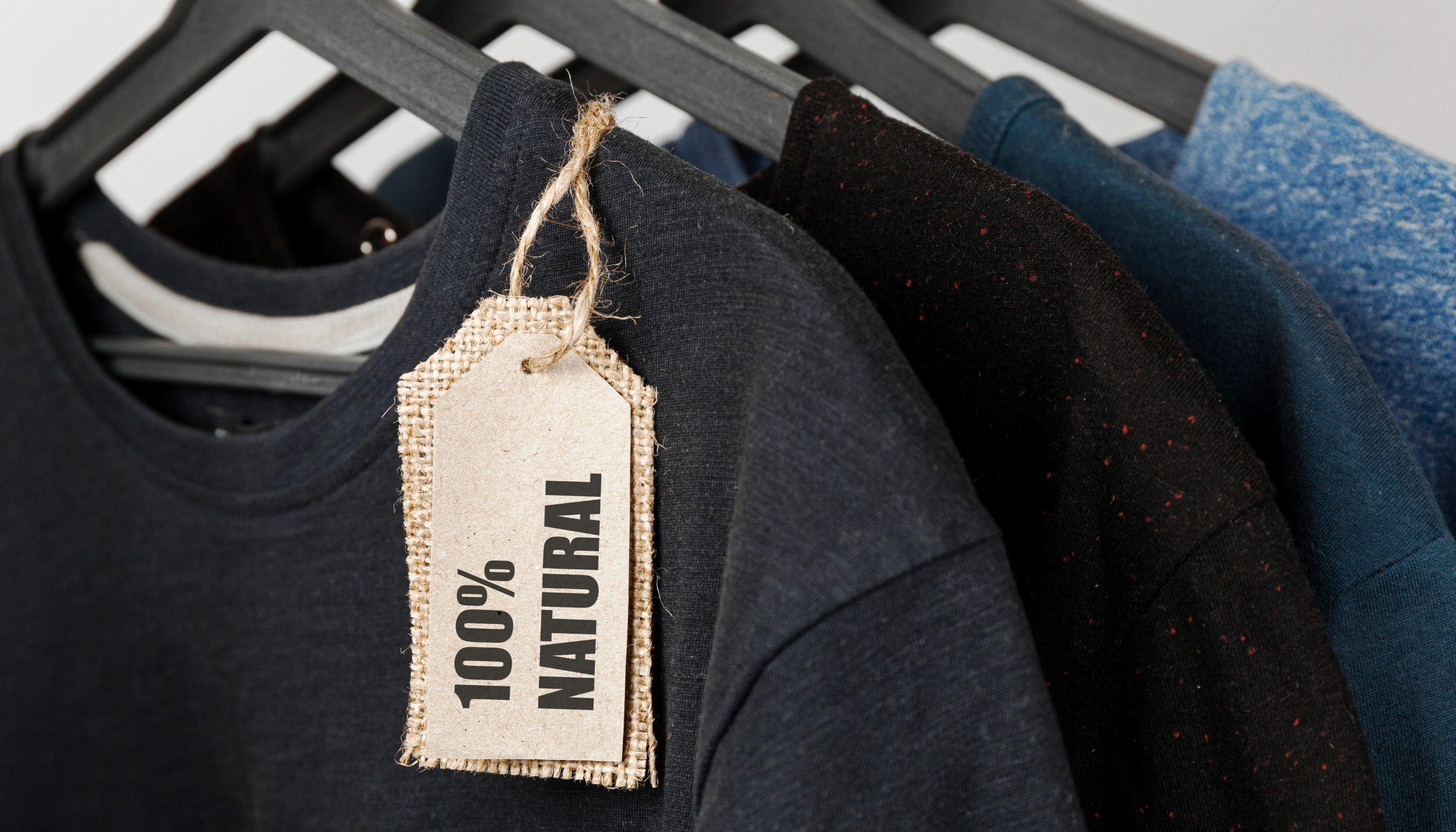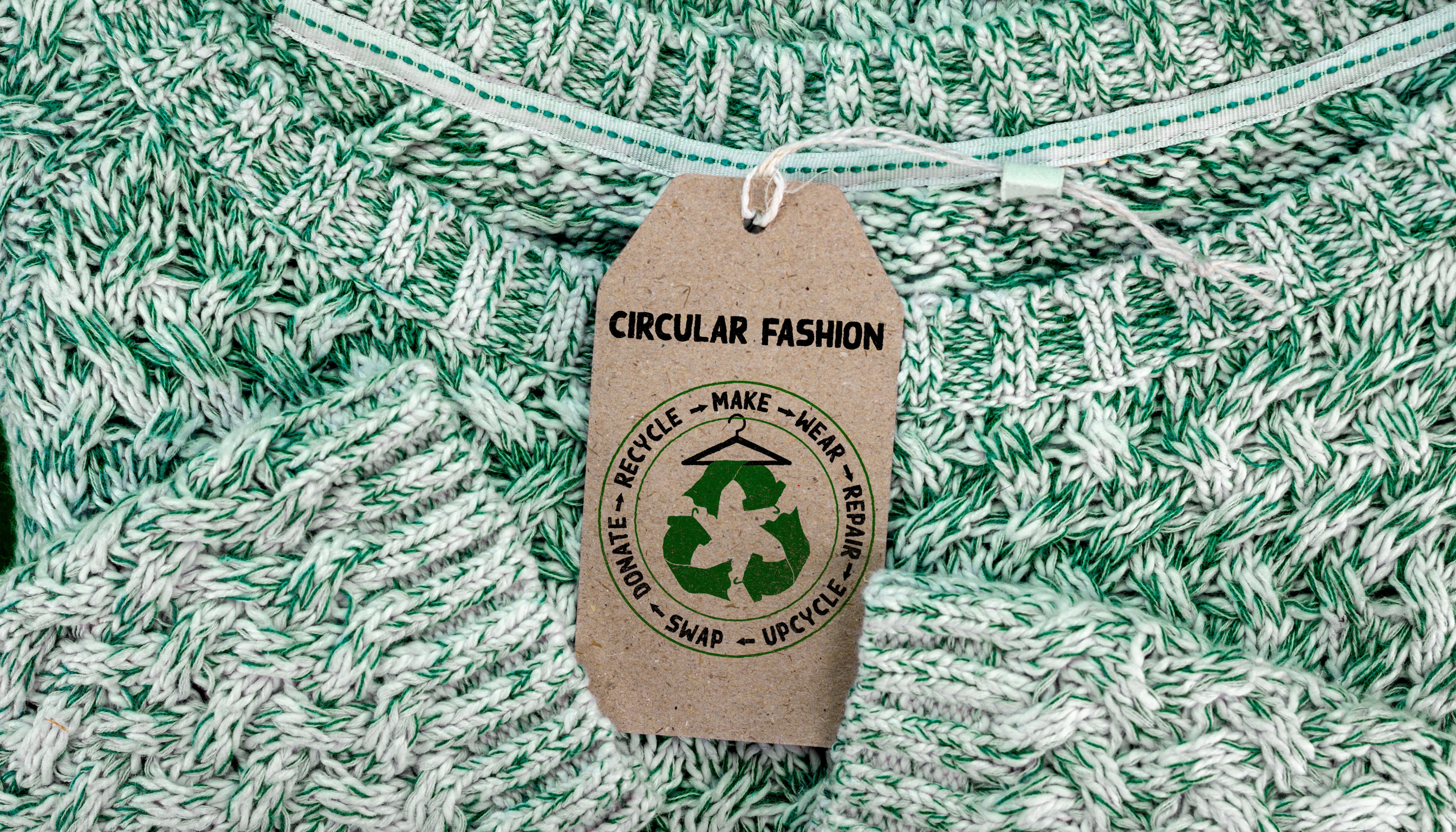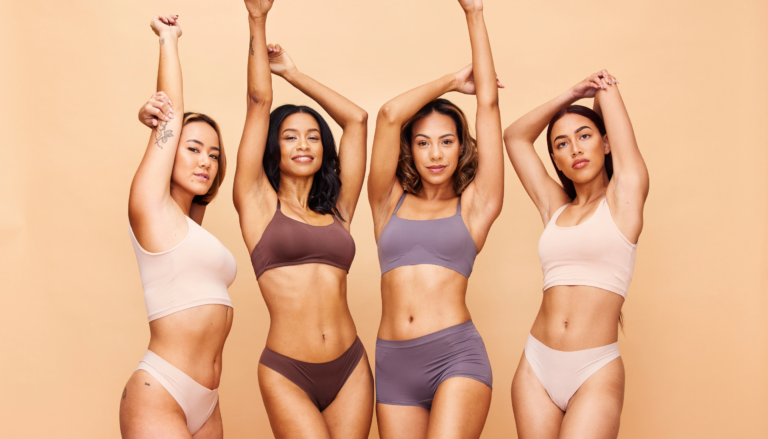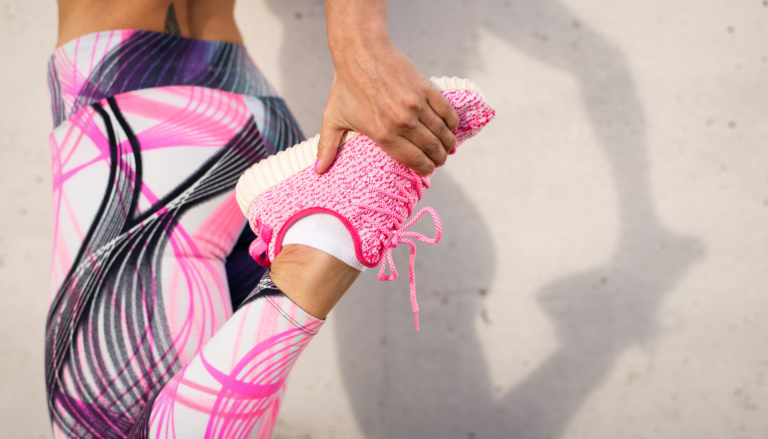Sustainable Activewear: Fashion with a Conscience
Introduction
Activewear and athleisure have become increasingly popular over the past decade. As we become more health-conscious as a society, demand has grown for comfortable and functional clothing that can transition seamlessly from the gym to running errands. However, the rise of “fast fashion” and environmentally harmful manufacturing practices have taken a toll. That’s why the sustainable activewear movement aims to produce ethical and eco-friendly workout apparel. Brands are now using innovative materials and responsible production methods to create quality gear that doesn’t sacrifice people or the planet.
Why Sustainable Activewear Matters
The traditional activewear supply chain has tons of room for improvement when it comes to sustainability. Most workout clothes contain synthetic materials like polyester, nylon, and spandex. The production of these textiles emits greenhouse gases and microplastics that pollute waterways. Labor practices are also frequently unethical, with many brands relying on exploitative factories.
Sustainable activewear tackles these issues head-on. By using eco-friendly fabrics and ensuring workers receive fair wages in safe environments, brands can help protect both human rights and environmental health. As consumers become more conscious with their purchases, demand for ethical goods will transform the industry. Voting with our wallets can make a massive difference!
Fabrics and Materials
When shopping for earth-friendly workout gear, pay attention to the materials used. Here are some of the most common sustainable fabrics you’ll see:
Recycled Polyester
Made from recycled plastic bottles, recycled polyester diverts waste from landfills. It has the same performance properties as virgin polyester. Brands like Girlfriend Collective use RPET (recycled polyethylene terephthalate) spandex to make stretchy, durable, and moisture-wicking activewear.
Organic Cotton
Organic cotton is grown without toxic pesticides and fertilizers that can contaminate groundwater. It’s biodegradable and uses less water than conventional cotton. Organic cotton tees, tanks, and underwear are comfy essentials.
TENCELTM Lyocell and Modal
TENCELTM fibers come from sustainably harvested trees. The closed-loop manufacturing process recycles over 99% of solvents used. TENCELTM fabrics wick moisture, resist odors, and feel silky soft against the skin.
ECONYL®
ECONYL® regenerated nylon is made from recycled fishing nets, fabric scraps, and industrial plastic. It has the same quality as virgin nylon but diverts waste from oceans and landfills. Brands like Girlfriend Collective use ECONYL® in high-performance leggings and sports bras.

Ethical Production Practices
Sourcing sustainable materials is an excellent start, but ethical factories and fair labor standards are also crucial. When businesses ensure safe, healthy work environments and reasonable wages, they empower global communities and facilitate social change.
Many eco-friendly brands go above and beyond to protect people over profits:
– Everlane inspects supplier factories with strict standards for safety, fair wages, and reasonable hours. The resulting transparency helps hold all levels of the supply chain accountable.
– Reformation provides employees access to mindfulness workshops and continuing education to support personal and professional growth.
– For Days offers workers access to childcare stipends, transportation vouchers, and English classes to remove socioeconomic barriers.
By supporting brands that treat people humanely, consumers can help shift the status quo toward compassion and equality. Voting with our wallets makes a real difference!
Top Sustainable Activewear Brands
With more fashion labels promoting sustainability, the options can feel overwhelming. To make your search easier, we’ve highlighted some of the best ethical activewear companies leading the way.
Girlfriend Collective
This Seattle-based brand uses recycled water bottles and fishing nets to create sleek, minimalist designs focused on inclusivity. With sizes ranging from XXS-6XL, people of all shapes and backgrounds feel represented. Their fabric innovations divert waste while upholding the highest performance standards.
Standout gear: Compressive leggings, unitards, float bras
Pact
Pact utilizes organic cotton, recycled fabrics, and non-toxic dyes to make super-soft basics and athleisure essentials. They partner with Fair Trade USA to ensure ethical working environments and living wages across their supply chain. Their classic designs and muted color palettes earn them high marks for style and sustainability!
Standout gear: Bike shorts, joggers, underwear
Patagonia
Outdoor brand Patagonia is deeply committed to environmental activism and corporate responsibility. They use recycled and sustainably sourced materials to make durable performance wear that minimizes harm to the planet. Patagonia also pledges 1% of sales to grassroots environmental organizations.
Standout gear: Sports bras, biker shorts, swimwear
Summersalt
This female-founded label designs flattering swimwear and athletic apparel from recycled materials. Their unique fabric made from shoreline waste diverts over 50 tons of ocean plastic annually! Bold colors and patterns keep their catalog fun and fresh.
Standout gear: One-piece swimsuits, coverups, tennis skirts

The Future of Sustainable Activewear
While meaningful progress has occurred, there’s still substantial room for innovation and improvement in responsible activewear manufacturing. However, the future looks bright!
Consumers increasingly demand transparency and vote with their dollars to support brands that align with their values. This pressures companies to reassess business practices and invest in materials and technologies that reduce environmental harm. We can also expect to see more brands experiment with alternative fabrics such as algae, banana, and pineapple fibers as viable options.
Additionally, emerging technologies now allow suppliers to trace the origin of cotton, rubber, and other materials to monitor for sustainability compliance in real-time. As supply chain visibility and accountability rise, so will access to ethically sourced goods.
Finally, extending the lifecycle of activewear through recycling and resale networks will further improve the industry’s eco-footprint. More brands have established take-back programs to give used gear a second life. Peer-to-peer platforms like Poshmark and ThredUp also make shopping secondhand workout clothes easier than ever!
The Bottom Line
The activewear segment shows substantial progress toward more sustainable and ethical practices. Still, the journey must continue. Consumers should feel empowered to demand transparency from brands while supporting those already walking the walk. Together, our choices and voices can reshape fashion’s future for the better!

Frequently Asked Questions
What are the benefits of sustainable activewear?
Sustainable activewear benefits the environment by reducing water usage, chemical pollution, textile waste, and greenhouse emissions associated with apparel manufacturing. It also promotes human rights through fair labor practices that ensure safe conditions and living wages for workers. As a bonus, eco-friendly workout gear often incorporates innovative materials that enhance performance!
Does sustainable activewear perform as well as standard workout clothes?
Yes! Many sustainable fabrics like recycled polyester and regenerated nylon offer the same stretch, compression, sweat-wicking, and durability as their conventional counterparts. When sourced and manufactured responsibly, they check all the boxes for both sustainability and performance.
Is sustainable activewear more expensive than fast fashion brands?
Sustainable apparel does sometimes cost more up front due to higher-quality materials and production methods. However, responsible brands focus on durability and versatile staples designed to last for years, not seasons. The per-wear cost over time is often cheaper than replacing fast fashion items that fall apart quickly. Investing in timeless ethical pieces saves money and prevents waste long-term.
How do I care for sustainable activewear?
Follow all garment care instructions to maximize longevity! Use mesh laundry bags when washing synthetic fabrics to prevent microfiber shedding and landfill waste. Line dry when possible instead of machine drying. Spot clean or hand wash delicates when needed. Avoid bleach and fabric softeners, as they can degrade material integrity over time. Let stains soak before scrubbing vigorously. With some TLC, your sustainable workout gear can last for seasons!
What’s next for the sustainable activewear movement?
We expect brands to continue innovating with eco-friendly materials and responsible manufacturing practices. Supply chain transparency and emerging technologies will likely improve working conditions and traceability. More companies will also establish take-back and recycling programs to extend a garment’s lifecycle. Consumers should continue holding brands accountable while supporting those already committed to ethics and sustainability. Together, we can transform activewear for the better!






